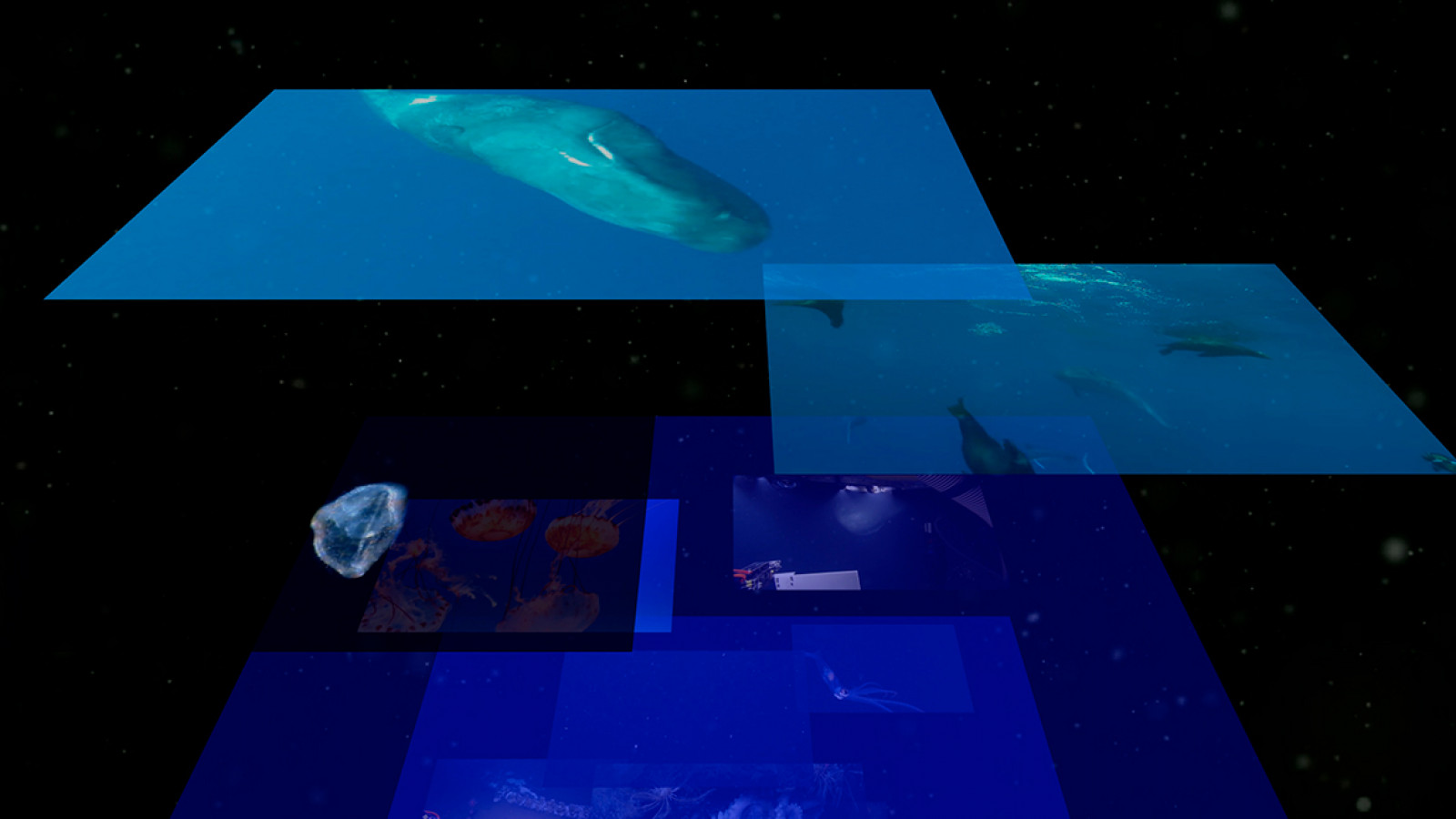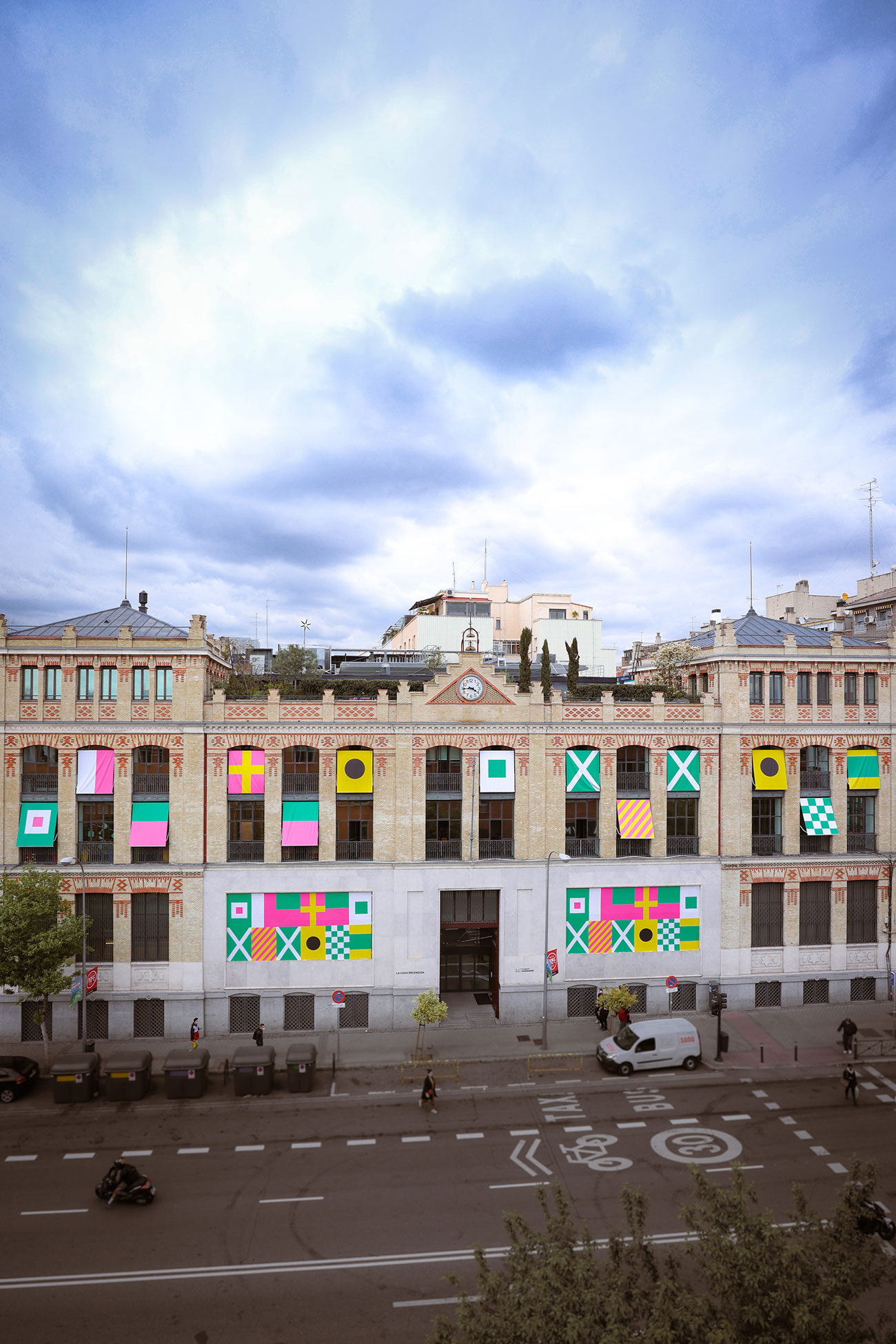Inhabitants. What is Deep Sea Mining?
As part of the multi-institutional collaboration, La Casa Encendida presents three episodes of the web series What is Deep Sea Mining? (2018-ongoing) by the artist duo Inhabitants from the 19th to the 24th of November. The program is realized with the support of Thyssen-Bornemisza Art Contemporary (TBA21) Madrid and coincides with the participation of Inhabitants at LOOP Barcelona 2019.
What is Deep Sea Mining? (2018-ongoing) is an exploratory video documentary in three chapters by artist duo Inhabitants, founded by Mariana Silva and Pedro Neves Marques. The work is the result of a long-term research commissioned by TBA21–Academy and developed with curator Margarida Mendes. The work is dedicated to one of the most compelling ecological, social and economic issues affecting the world ocean.
What is Deep Sea Mining? interlaces different voices and perspectives to build up an awareness on how the mining industries are threatening the ocean’s depths and its seabed ecologies. The work unfolds through interviews, analysis of data, testimonies, and contributions by actors from different fields of knowledge. The transdisciplinary nature of the series reflects the ethos and methodologies that for long have informed and shaped the activities of TBA21–Academy in fostering a solution-oriented imagination for the future challenges related to ocean conservation, advocacy and literacy through the arts.
-
Episode 1: Tools for Ocean Literacy is an inquiry about deep sea mining and the types of geologic formations where it is set to occur, particularly hydrothermal vents. Understanding the process of deep-sea mining demands not only a temporal investigation – its most salient dates, legal and corporate landmarks, and scientific breakthroughs – but also a spatial axis connecting the sea floor to outer space cartographic technologies. After all, we know less about the ocean depths than about the universe beyond this blue planet.
-
Episode 2: Deep Frontiers, written by anthropologist Stefan Helmreich, is a brief history of knowledge of the deep sea and its resources. It highlights the ambiguity of this history, as depictions of the deep changed throughout the nineteenth and twentieth centuries. Today, this knowledge informs discussions about the commercialization of biological and geological resources, with the deep sea fast becoming a zone of international dispute, opening up a debate about sustainable practices at sea.
-
Episode 3: The Azores Case is set on the Azores archipelago, an autonomous region of Portugal located in the mid-Atlantic. In 2008, one year before Portugal submitted its proposal to extend its continental shelf to the United Nations, the Canadian mining company Nautilus Minerals Inc. presented a proposal for mineral prospection and exploration in six areas off the coast of the Azores.
As the curator Daniela Zyman pointed out on the occasion of her participation in LOOP 2019: “How can institutions re-socialize what has been slowly privatized? How can they bring together the science lab, the artist studio, the university, the activists’ wisdom of the street, the common’s daring proposition of shared possession? Which languages and ways of knowing are they representing? These questions point to the difficult challenges for institutions such as TBA21 which dare to participate in the current debate on the political ecologies of the future.”
For more information and links to NGOs, advocacy and activist groups involved in deep sea mining, please follow the additional info in the videos.


